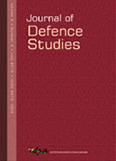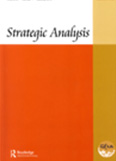Military Courts in Pakistan: A Soft Coup by the Pakistan Army?
Why is the Pakistan military pushing for Military Courts when the country already has a fairly robust Anti Terrorism Act together with designated Anti Terrorism Courts set up specifically to try terrorism related offences?
- Published: January 14, 2015
















